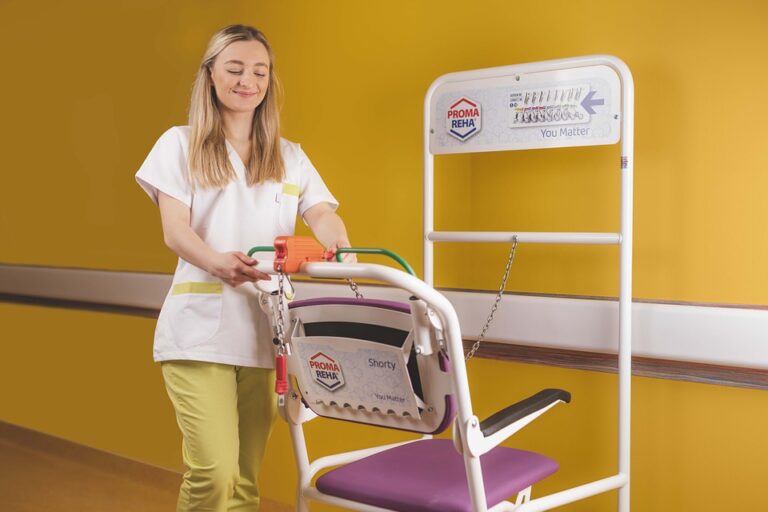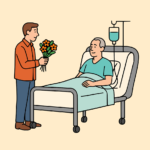Book Appointment Now

Understanding Middle-Range Theories in Nursing
Nursing theory plays a pivotal role in shaping nursing practice, research, and education. The application of nursing theory ensures that nursing care is guided by a structured, evidence-based approach, improving both patient outcomes and professional development. Among the various types of nursing theories, middle range theory in nursing is particularly significant as it bridges the gap between grand nursing theories and nursing practice. This article explores the characteristics, application, and examples of middle-range theories in nursing practice.
Looking for essay writing help with middle range theory in nursing paper?
Help With Nursing Essay
What is Nursing Theory?
Nursing theories provide a framework that helps guide nurses in delivering patient-centered care. These theories define the roles of nurses, describe the nursing process, and offer insight into the relationship between nurses and patients. There are different types of nursing theories, such as grand theories, middle-range theories, and practice-level theories, each serving a specific purpose in the nursing field.
The Types of Nursing Theories
- Grand Theories: These are broad, abstract theories that provide an overall framework for the discipline of nursing. They attempt to describe nursing as a whole but are often too broad to directly apply in daily practice.
- Middle-Range Theories: These theories are more specific and focus on particular aspects of nursing. They are less abstract than grand theories and are designed to be applied in clinical settings.
- Practice-Level Theories: These are the most specific theories and are usually directly related to particular clinical situations or types of patient care.
What is Middle-Range Theory in Nursing?
Middle-range theory in nursing occupies the middle ground between grand theories and practice-level theories. It focuses on specific phenomena and offers a more concrete framework that can be easily applied in clinical practice. These theories are narrower in scope than grand theories but broader than practice-level theories, making them highly relevant for both clinical practice and nursing research.
Characteristics of Middle-Range Theory
- Specific Focus: Middle-range theories concentrate on specific aspects of nursing, such as patient behavior, health conditions, or nurse-patient interactions.
- Testable: Unlike grand theories, middle-range theories can be empirically tested through research. This makes them a valuable tool in evidence-based nursing practice.
- Practical Application: Middle-range theories are designed to be applicable in real-world clinical settings, offering solutions to everyday nursing challenges.
- Flexible: These theories can be adapted to different patient populations, health conditions, and care environments.
Application of Middle-Range Theory in Nursing
The application of nursing theory—particularly middle-range theories—enhances nursing practice by providing evidence-based frameworks that guide patient care. Below are several key ways in which middle-range theories are applied in nursing:
1. Guiding Patient Assessment
Middle-range theories help nurses assess patient needs by providing a structured framework for identifying health issues and determining appropriate interventions. For instance, Kolcaba’s Theory of Comfort is a middle-range theory that focuses on enhancing patient comfort in healthcare settings.
Example:
A nurse caring for a post-operative patient might use Kolcaba’s theory to assess the patient’s comfort levels, including physical, emotional, and psychological comfort, and implement interventions such as pain management or environmental adjustments to enhance their well-being.
2. Developing Nursing Interventions
One of the most critical aspects of nursing care is the development of interventions tailored to the patient’s needs. Middle-range theories guide the creation of these interventions by offering specific models that are directly applicable to clinical practice. Pender’s Health Promotion Model, for example, is a middle-range theory that focuses on promoting healthy behaviors among individuals.
Example:
A nurse working in a community health setting might use Pender’s model to develop educational interventions that encourage healthy lifestyle changes, such as smoking cessation programs or diet modifications, based on an understanding of the factors that influence the patient’s behavior.
3. Supporting Nursing Research
Middle-range theories are often used in nursing research because they provide a solid framework for testing hypotheses and developing new knowledge in nursing. These theories can be empirically tested and refined, making them essential tools in the advancement of nursing science.
Example:
A research study might use Benner’s Novice to Expert Model—a middle-range theory that describes the development of nursing skills—to evaluate the effectiveness of mentorship programs in helping new nurses transition into professional roles.
4. Improving Patient Outcomes
The application of nursing theory in practice, particularly middle-range theories, directly contributes to better patient outcomes. These theories guide nurses in making informed decisions, leading to more personalized care and improved health results.
Example:
A nurse using Leininger’s Cultural Care Theory, a middle-range theory focused on providing culturally competent care, may adapt interventions to fit the cultural background of a patient, leading to more respectful and effective care that enhances patient satisfaction and recovery.
Middle-Range Theory vs. Grand Theory
While both grand theories and middle-range theories play important roles in nursing, they differ in scope, abstraction, and applicability.
1. Scope
- Grand theories are broad and aim to explain the entire discipline of nursing. They provide a philosophical foundation for the field but may not be directly applicable to specific patient care situations.
- Middle-range theories are more focused and deal with specific phenomena in nursing practice, making them more practical for clinical application.
2. Abstraction
- Grand theories tend to be highly abstract and are difficult to test empirically.
- Middle-range theories are less abstract and include concepts that can be tested and applied in practice, making them valuable for evidence-based nursing.
3. Practical Application
- Grand theories serve as a broad framework but offer limited direct guidance for day-to-day nursing tasks.
- Middle-range theories are designed to offer specific, actionable guidance that nurses can implement in clinical settings.
Examples of Middle-Range Theories in Nursing
Several middle-range theories are widely used in nursing practice today. Below are some examples:
1. Kolcaba’s Theory of Comfort
- Focus: Enhancing comfort across physical, psychospiritual, environmental, and sociocultural dimensions.
- Application: Used in palliative care, postoperative care, and other settings where patient comfort is a priority.
2. Pender’s Health Promotion Model
- Focus: Promoting health and preventing disease by understanding individual health behaviors.
- Application: Applied in community health and wellness programs to encourage healthy lifestyle choices.
3. Benner’s Novice to Expert Model
- Focus: Describes how nurses progress through five stages of expertise: novice, advanced beginner, competent, proficient, and expert.
- Application: Used in nursing education and mentorship programs to guide professional development.
4. Leininger’s Cultural Care Theory
- Focus: Providing care that is culturally congruent with the patient’s values, beliefs, and practices.
- Application: Particularly relevant in multicultural healthcare settings to ensure culturally competent care.
The application of nursing theory, particularly middle-range theories, is crucial in delivering high-quality, patient-centered care. Middle-range theories provide practical, testable frameworks that guide nurses in addressing specific patient needs and improving health outcomes. By bridging the gap between the abstract concepts of grand theories and the specific, task-oriented nature of practice-level theories, middle range theory in nursing plays an essential role in shaping both clinical practice and nursing research.
Nurses who incorporate middle-range theories into their practice are better equipped to assess patients holistically, develop effective interventions, and contribute to advancing the nursing profession through evidence-based practice. Whether it’s enhancing patient comfort, promoting health, or ensuring culturally competent care, middle-range theories offer valuable tools for improving patient care and outcomes.






